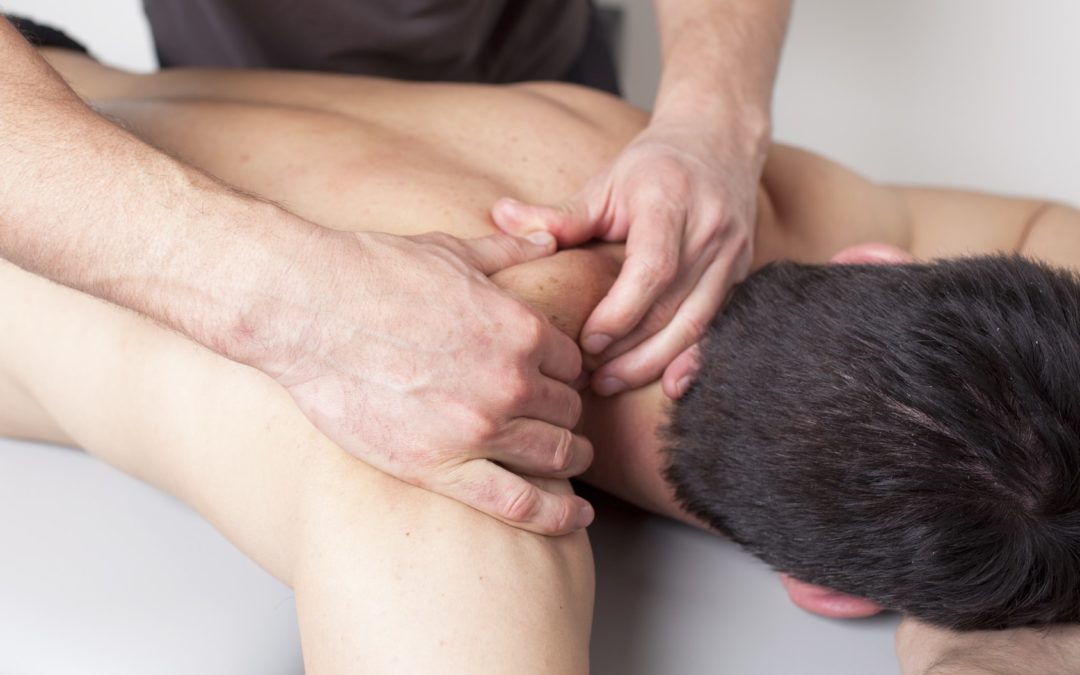It’s common, especially for those of us who work in front of computers, to experience neck pain after a particularly demanding project. Similarly, we may feel shoulder pain when we empty a couple buckets of balls at a driving range. Awkward positioning, as can occur when driving, increases the amount of force on the lumbar spine, leading to lower back pain.
Muscular tension usually recedes during a break of 24 to 48 hours. Sometimes, though, the pain keeps coming back. Often those recurrent cases are chronic trigger point pain.
Finding triggers to facilitate pain management
Trigger points, also known as myofascial trigger points or trigger sites, are hyperirritable locations in fascia that are chronically tight and incapable of relaxation. Dr. Daniel J. Leizman, a pain management specialist with the Cleveland Clinic, recently discussed trigger point pain during an interview on the institution’s blog. Dr. Leizman notes that the points usually occur within the trapezius muscle, a broad band of tissue that runs from the lowest part of the skull down to the center of the back and across to the shoulder.
Neck pain can be extraordinarily complex. Even if you identify one trigger point, there may be another one that needs to heal as well. Dr. Leizman recommends the following four DIY (do-it-yourself) tactics to calm the aching muscles within a trigger point:
- Massage – Rub the trigger point and the area around it, attempting to loosen the tautness.
- Temperature & medication – Two other traditional strategies are anti-inflammatory medication and extreme temperatures. You don’t want to rely on pain medication long-term, though. Also note that heating is especially helpful for chronic neck pain, but often moist heat and ice are used in combination.
- Eliminate causes – It may sound almost too obvious, but it’s critical to wipe out the problem at the source. The root cause is often postural and frequently stems from the workplace. Be careful of repetitive motions. The mental toll of stress is a source of trigger point pain as well. Change your behavior and perception to alleviate pain.
- Activity – Finally, exercise is a great way to facilitate neck, back, and shoulder pain management. Dr. Leizman recommends swimming or jumping jacks, both of which stretch the muscles in the upper body, refresh the blood, give the area access to vital nutrients, and detoxify.
If you do decide to attempt recovery alone with the above DIY strategies and are still experiencing neck pain, it’s important that you seek the help of a multidisciplinary pain management practice immediately. Dr. Leizman stresses that the best way to stop pain is through prevention: proper spinal alignment, conscientious use of the body, and regular exercise.
Health Star Clinic believes in the natural approach as well, offering a spectrum of noninvasive and minimally invasive treatments through compassionate, one-on-one care. Get help now!

